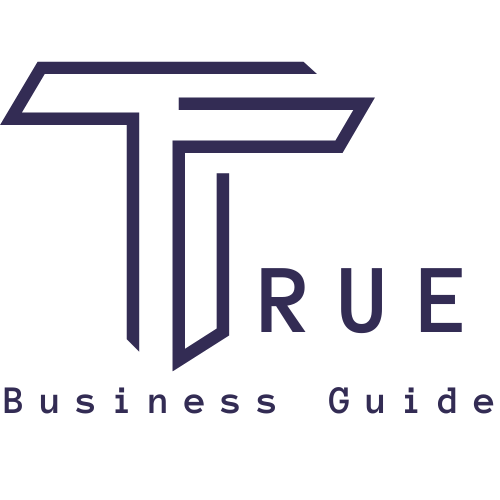
Polished Concrete
Polished concrete has grown increasingly popular as a flooring choice in both commercial and residential settings. It's prized for its sleek, modern aesthetic, durability, and low maintenance needs. The process of concrete polishing transforms a rough concrete slab into a shiny, smooth surface. But it's not as simple as it may seem. Polishing concrete requires specific techniques, professional-grade equipment, and a keen attention to detail to achieve the desired results. Through this guide, True Business Guide aims to illuminate the correct process of concrete polishing, providing homeowners in Arizona with comprehensive insights into what the task entails.
Polishing concrete is a multi-step process that gradually grinds down the concrete's surface until it achieves a glossy finish. Here's a detailed step-by-step explanation of the process:
1. Concrete Evaluation: The first step is to assess the current condition of the concrete. This evaluation will determine the level of grinding required, any repairs needed, and the best polishing method to use.
2. Repair and Preparation: Before polishing, the concrete surface needs to be prepared. This step might include filling cracks or holes, leveling uneven areas, and removing any existing coatings or contaminants. A clean, well-prepared surface is crucial for achieving an even polish.
3. Coarse Grinding: Once the concrete is prepared, the actual polishing begins. The first stage is coarse grinding, which removes surface imperfections and levels the concrete. This is done using a heavy-duty polishing machine equipped with diamond-impregnated disks. The operator makes multiple passes over the surface, gradually increasing the disk's grit level to smooth the surface.
4. Fine Grinding: After coarse grinding, the process moves to finer grinding. This stage uses higher grit levels (usually above 800) to achieve a smooth, glossy finish. Multiple passes are made until the desired level of shine is attained.
5. Applying Densifier: To harden the concrete and make it more resistant to wear and staining, a liquid chemical hardener, or densifier, is applied. The densifier penetrates the concrete and fills the pores, creating a smoother, more polished surface.
6. Final Polishing: The final stage involves further polishing with even higher grit levels (usually between 1,500 and 3,000) until the desired glossiness is achieved. The higher the grit, the shinier the finish.
7. Sealing (Optional): While not always necessary, some professionals might choose to seal the polished concrete. A sealer can provide additional protection against stains and moisture and enhance the polished appearance.
Polishing concrete is both an art and a science, requiring professional expertise and the right equipment to transform a concrete surface into a visually appealing, long-lasting floor. It's a worthwhile investment for homeowners who desire a stylish, low-maintenance, and durable flooring solution. If you're a homeowner in Arizona looking to embark on a concrete polishing project, let True Business Guide connect you with professional service providers who can deliver exceptional results. Trust us to guide you towards the perfect blend of functionality and aesthetics for your concrete flooring needs.

Email: [email protected]
©2023 TrueBusinessGuide. All Rights Reserved. Privacy Policy | Conditions of Use
This site is a free service to assist homeowners in connecting with local service contractors. All contractors are independent and this site does not warrant or guarantee any work performed. It is the responsibility of the property owner to verify that the hired contractor furnishes the necessary license and insurance required for the work being performed.